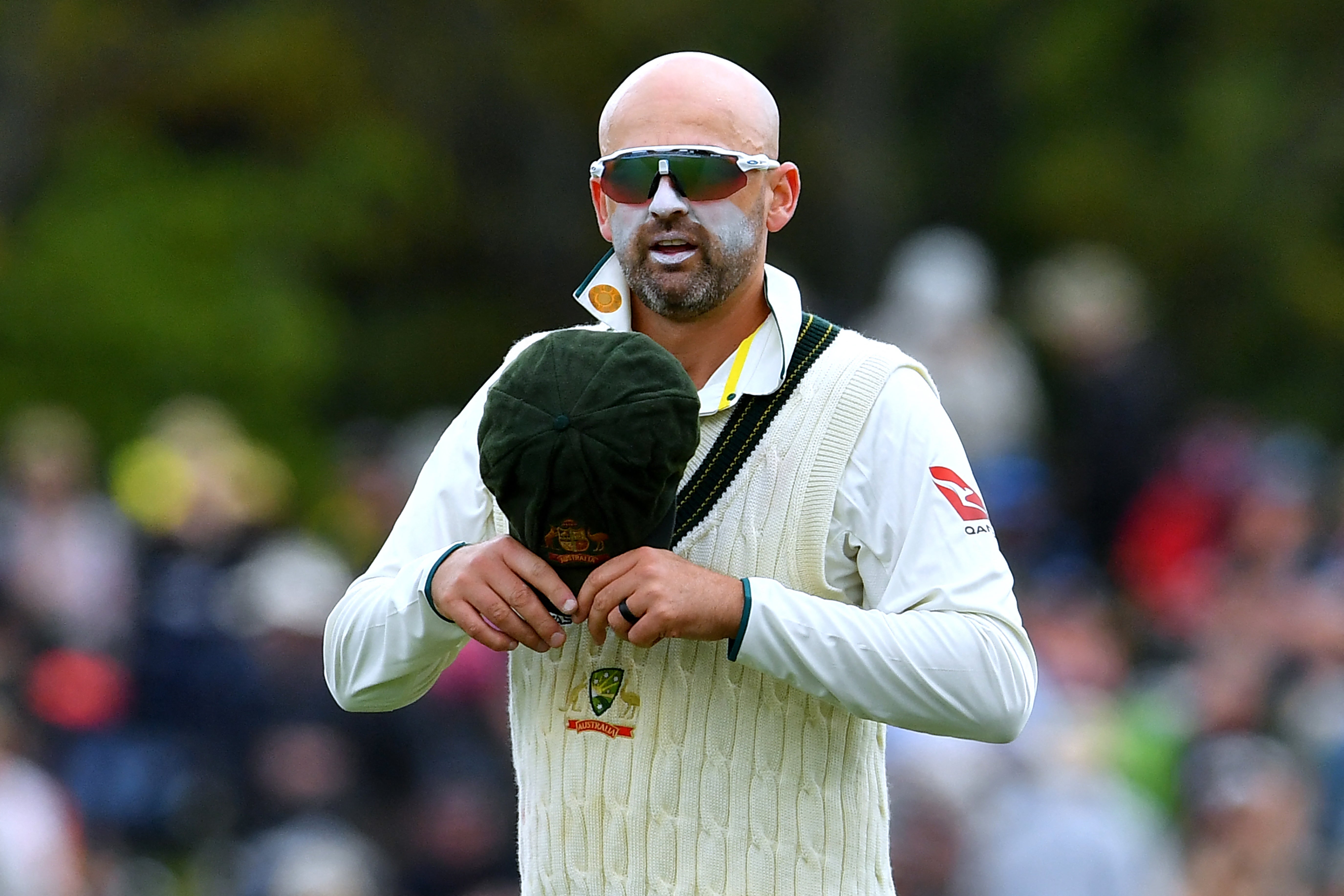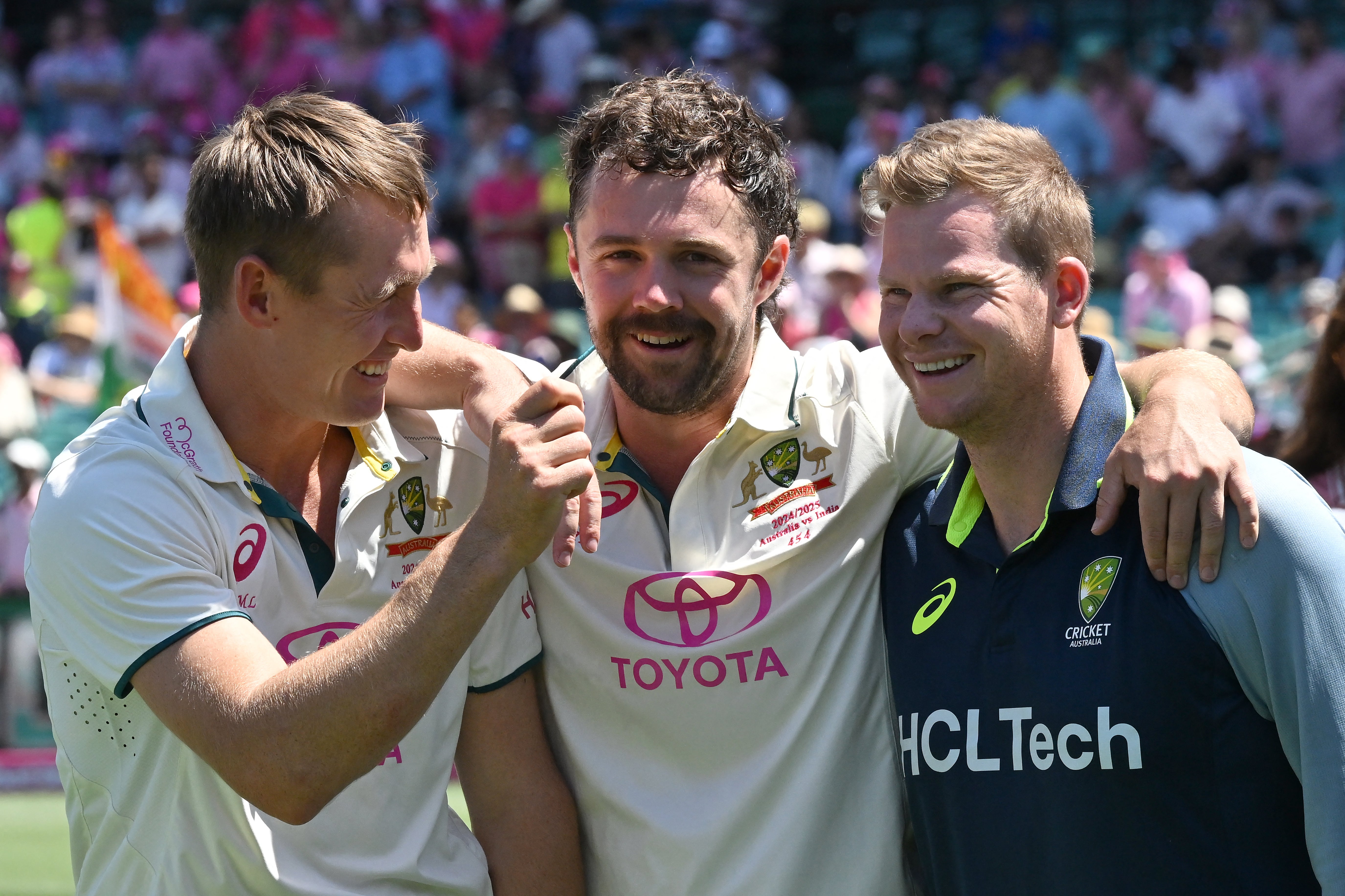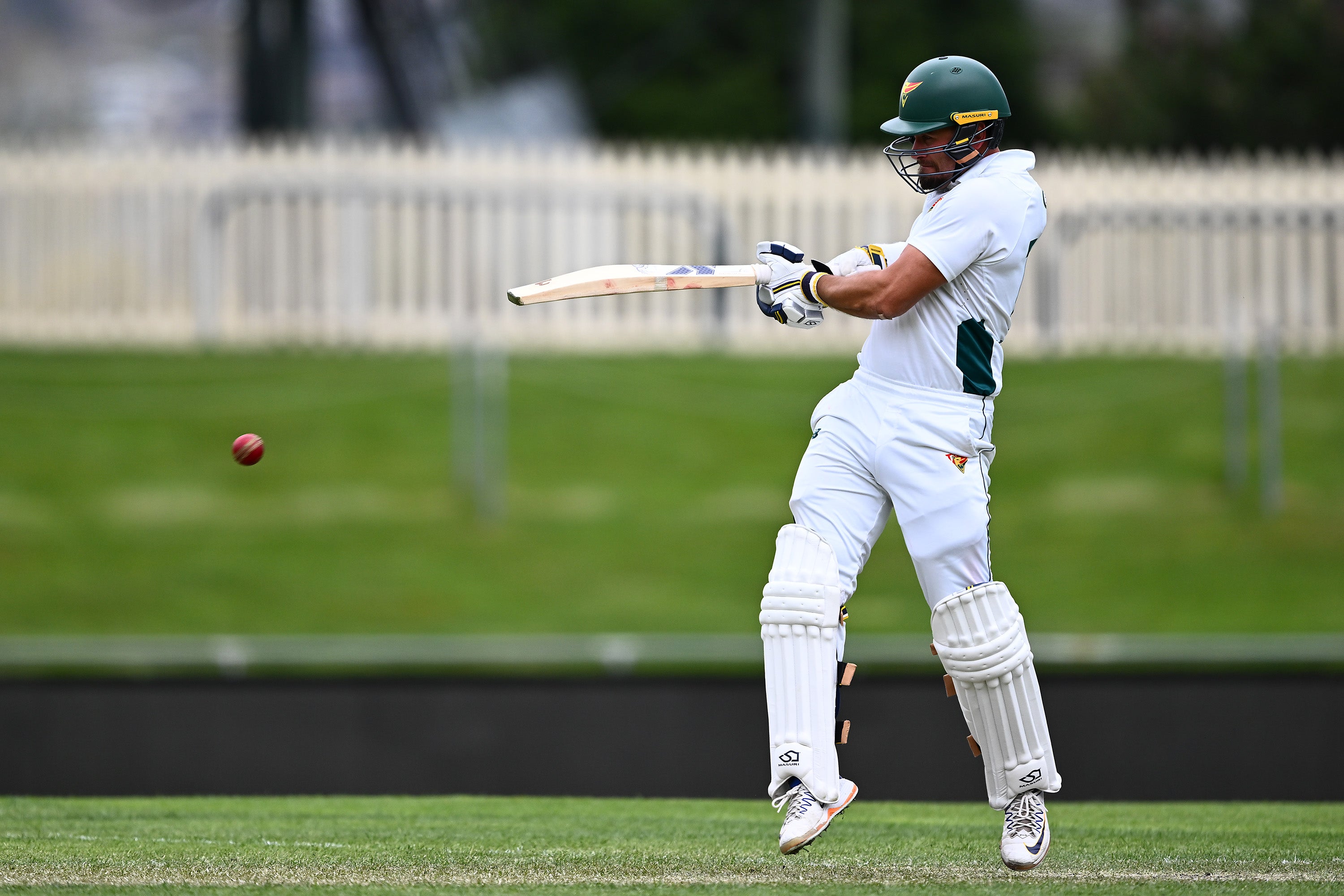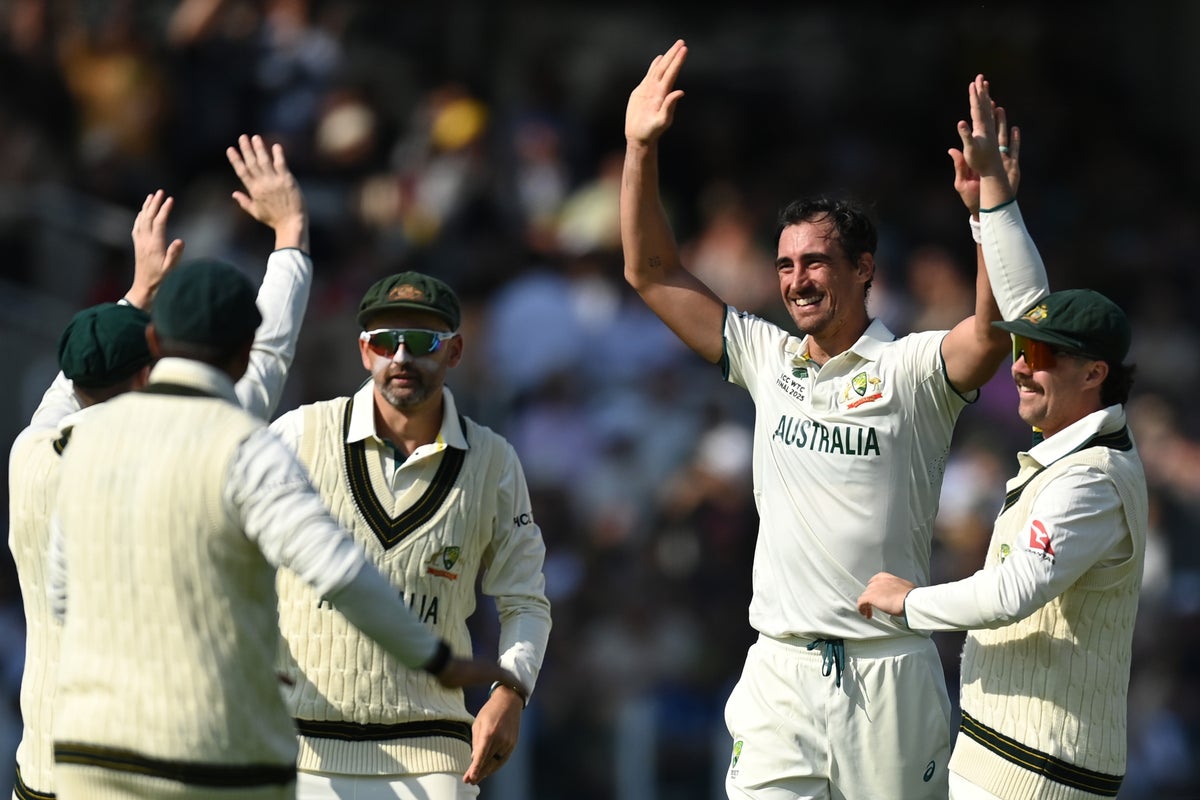There was a simplicity to the statement. Australian cricket has a capacity for straight talking and Dan Christian, the all-rounder who came out of retirement last winter to figure in the Big Bash in his forties, tended to justify the presence of veterans in four words: “Old blokes win stuff”. It was his philosophy in Twenty20 tournaments and he won them in four different countries, often in his late thirties.
Since then, it is an attitude that seems to have spread across Australian cricket. Young blokes are conspicuous by their absence. When Australia last played a Test at home, it was without anyone in their twenties: the teenager Sam Konstas was accompanied by 10 thirtysomethings. When they named their squad for the first Ashes Test in Perth, Konstas was dropped, the 31-year-old Jake Weatherald selected and the 26-year-old Cameron Green was the only man below 30, joined by 14 of his elders. The Cameron Green generation consists of only Cameron Green.
Which clearly presents a long-term problem. The immediate issue is if it is a shortcoming that will lead to them losing the Ashes; if Australia are an old team or the team of old. Two of Australia’s greatest batters, Greg Chappell and Steve Waugh, have sounded the warning about the lack of change. Chappell played until he was 35, making 182 in his final innings. Waugh bowed out at 38 with 80. Now, with seven of the probable 11 in Perth at least 34, the question is if their successors can resist both the passing of time and the England team with similar defiance.
Retirements may not be confirmed, but they could be on the agenda in the next couple of years. For Glenn McGrath, Shane Warne and Justin Langer, an Ashes whitewash in 2006-07 proved the perfect goodbye. The two bowlers shared 44 wickets and the opener made 303 runs, each at a little worse than his career average, but each with crucial contributions to show their powers were largely intact.

Is the same true of their successors? Australia have the most enduringly successful bowling unit in history, with four of their all-time top nine wicket-takers. Mitchell Starc, Josh Hazlewood, Pat Cummins and Nathan Lyon boasted a combined 1,566 Test scalps, many of them in an attack with each other. Captain Cummins will miss the first Test – and be replaced by the still older Scott Boland, whose average is still lower – but the three quicks have retained a speed more associated with younger men: Starc is both the oldest and the fastest, though still 19 days younger than Mark Wood. That pitches in Australia have become more bowler-friendly may mean raw pace is less of a prerequisite now, which could help Hazlewood, Cummins and Boland. For the spinner Lyon, going up against the relative rookie Shoaib Bashir offers arguably Australia’s greatest advantage in a direct comparison between these teams.
In the batting, Usman Khawaja, whose birth in 1986 was closer to Don Bradman’s final Test than today, will be Australia’s oldest opener for seven decades. His recent record is bolstered by 232 against Sri Lanka in Galle. In his last 11 Tests in more seam-friendly conditions, against New Zealand, India, South Africa and West Indies, he has 395 runs at 18.8. In another era, with more competition, the 39-year-old may have been omitted.
Marnus Labuschagne was dropped – and the low-scoring series in the Caribbean might have been a good one to miss – after averaging 25.8 in his previous 15 Tests. Since then, a relative youngster of 31 has been recalled after piling up runs for Queensland by apparently going back to basics: in that respect, old Marnus suggests a return to the player who topped the world Test rankings.

Then there is Steve Smith, with his status as an all-time great secured and with 12 Ashes centuries to his name. The 36-year-old has averaged 42 in his last 23 Tests: very good by most others’ standards, but a drop-off by his own. Smith is indisputably Australia’s best batter now, though Travis Head’s propensity to score quickly can make him the most dangerous. But if Smith could repeat his 2019 Ashes, when he averaged 110, England’s prospects of regaining the urn would disappear.
Smith is among the most decorated of a generation who have won two 50-over World Cups and one Twenty20 tournament, the World Test Championship, and who have dominated home Ashes series and topped the world Test rankings. They have the medals, the wickets, the runs.
It is understandable if the legends grow old together, especially if there is a lack of pressure for their places from the players who were supposed to be their successors. Even the back-ups and the relative newcomers – Weatherald, Beau Webster, Brendan Doggett, Sean Abbott – are their peers; that should be more worrying for Australia than the longevity of men like Smith and Starc.
But it provides a second role reversal. Normally Australia would play the more attacking brand of cricket, with England seeming the staid conservatives. Australia, the new country facing the old, tended to be likelier to trust younger players while England sought solace in experience.
Now England have Bazball, with their own senior citizens accompanied by a group of players in their twenties, but with no Test win in Australia for the best part of 15 years. There are reasons for Australia to believe in the tried and trusted: their record, particularly at home, is outstanding.

There are also other historical precedents, beyond the whitewash Warne, McGrath and Langer enjoyed. For England players nearing the end, Australia can be a tour too far. It was for Graeme Swann, Jonathan Trott and Kevin Pietersen, for different reasons, in 2013-14. It was for Graham Gooch and Mike Gatting, for the same reason, in 1994-95, and for much of the elderly team terrorised by Dennis Lillee and Jeff Thomson in 1974-75.
There may have been fewer Australians who have outstayed their welcome but Jason Gillespie went from gun bowler to cannon fodder in a few weeks in 2005, the previously fearsome Thomson only took three wickets at 91 in 1985, and Graham McKenzie, the leading Test wicket-taker of the 1960s, mustered a mere seven expensive wickets in the 1970-71 Ashes.
In general, though, Australia, either via the selectors’ or the players’ own decisions, are better at pensioning cricketers off before they suffer an ignominious end on the big stage. Have this group timed their exits similarly well? Because now an aged group have convened, seeking what would be, for most, one last demolition of England. Do old blokes win Ashes series? Australia are about to find out.




